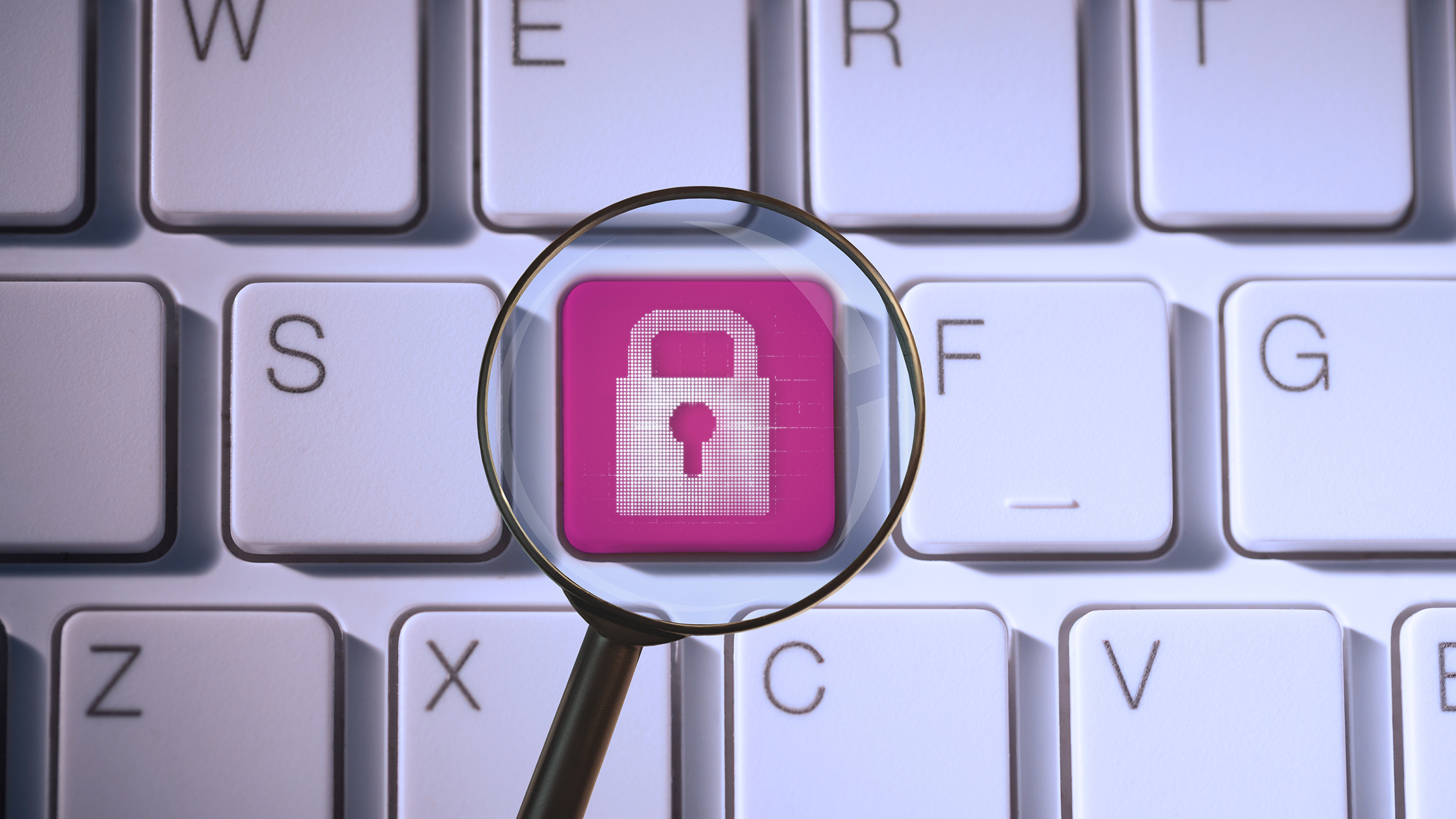In the realm of digital communication, ensuring the authenticity of emails is essential. SPF, DKIM, and DMARC – (Sender Policy Framework), (DomainKeys Identified Mail), and (Domain-based Message Authentication, Reporting & Conformance) are three critical standards that maintain email security. Together, they form a strong defense against unauthorized email spoofing, providing a framework for email authentication that helps secure email domains from spammers and phishers.
The Role of SPF, DKIM, and DMARC in Email Security
Comparable to the way a professional certification or license attests to one’s qualifications, SPF and DKIM serve to verify the legitimacy of an email sender. These protocols are similar to having a visible badge of authenticity, ensuring that the emails sent from a domain are legitimate and authorized.
DMARC then builds on SPF and DKIM by specifying how receivers should handle emails that fail these authentication checks. It can instruct receiving mail servers to either quarantine, reject, or allow emails, based on the results of SPF and DKIM evaluations. This triad of standards is crucial for maintaining the integrity of email communication, preventing fraud, and protecting domains from impersonation.
Understanding the Mechanisms Behind SPF, DKIM, and DMARC
- How SPF Functions: SPF allows a domain to declare which mail servers are permitted to send email on its behalf. This is accomplished through SPF records in the DNS (Domain Name System), which list the authorized IP addresses. When an email is received, the recipient’s mail server checks the SPF record to verify that the email comes from an approved server.
- DKIM Mechanics: DKIM provides a method for an email to be signed digitally by the domain from which it is sent. This signature is verified through a public key listed in the domain’s DNS records. The matching private key, kept secret by the sender, signs the email’s header. This digital signature verifies that the email is authentic and hasn’t been altered during transmission.
- DMARC’s Role: DMARC gives instructions to email receivers on handling emails that fail SPF or DKIM checks, according to the sender’s policy. It can direct the receiver to quarantine, reject, or accept emails, enhancing control over how emails from the domain are treated when they fail authentication checks. DMARC records make it easier to send reports back to the domain owner. This can help with authentication successes and failures, policy adjustments, and security enhancements.
Storage of SPF, DKIM, and DMARC Records
These authentication records are stored within the DNS, a publicly accessible database that translates human-friendly domain names into IP addresses that computers use to communicate. By hosting SPF, DKIM, and DMARC records as DNS TXT records, domain owners can publish specific information necessary for email authentication processes.
Verifying Email Authenticity
Most email platforms allow users to examine an email’s header information, which contains the results of SPF, DKIM, and DMARC checks. By looking for indications of “pass” within these sections, users can ascertain whether an email has successfully undergone the authentication processes, confirming its legitimacy and source integrity.
Importance of Proper Configuration
For these mechanisms to effectively protect a domain, it’s imperative that domain owners accurately configure their SPF, DKIM, and DMARC records. Incorrect setup can lead to legitimate emails being flagged as spam or unauthorized emails passing through undetected. Even domains that do not actively send emails are advised to implement at least DMARC policies to deter misuse by spammers.
To sum up, SPF, DKIM, and DMARC are crucial components of contemporary email security that offer methods to verify the identity of the sender, the message’s integrity, and conformity to domain-specific policies. It is essential to implement and maintain these standards properly to protect email communications from threats and ensure a domain’s digital credibility.
We understand how important it is that emails reach their destination without ending up in the spam folder, especially in today’s online world. At Rebump, ensuring emails get delivered is a big part of what we care about. To make sure we’re doing everything right, we work with outside experts who check and confirm that our methods meet top security standards for sending emails

